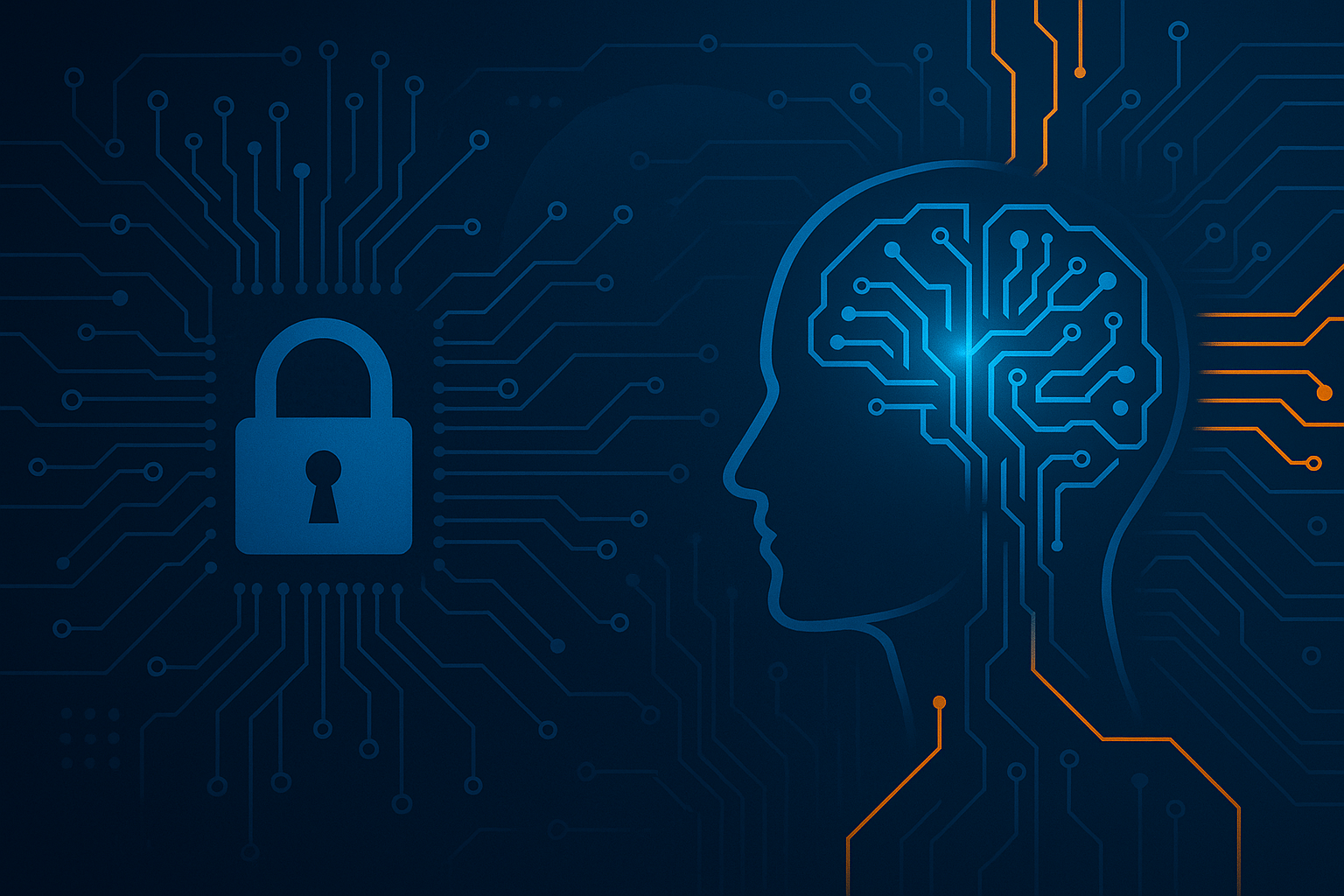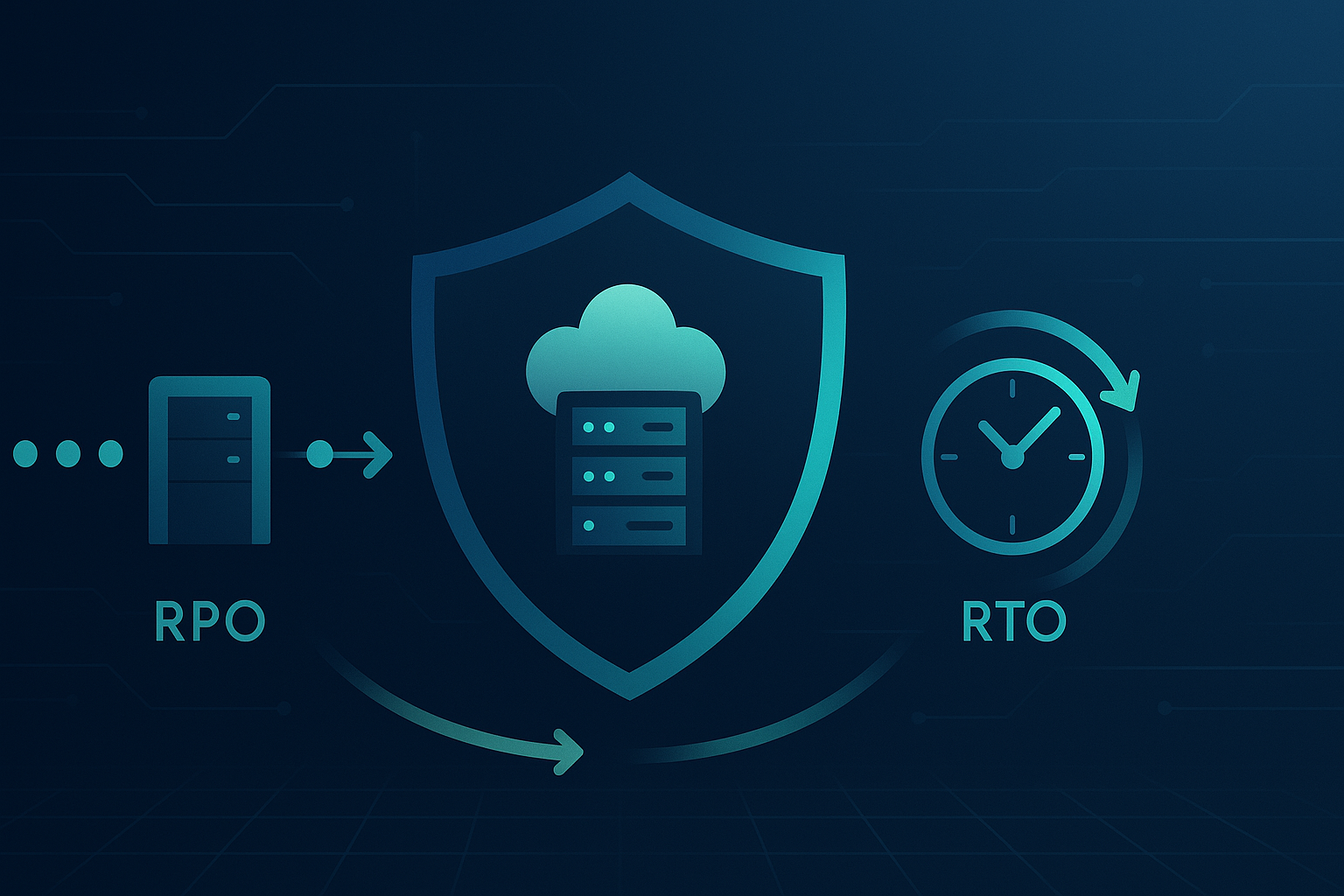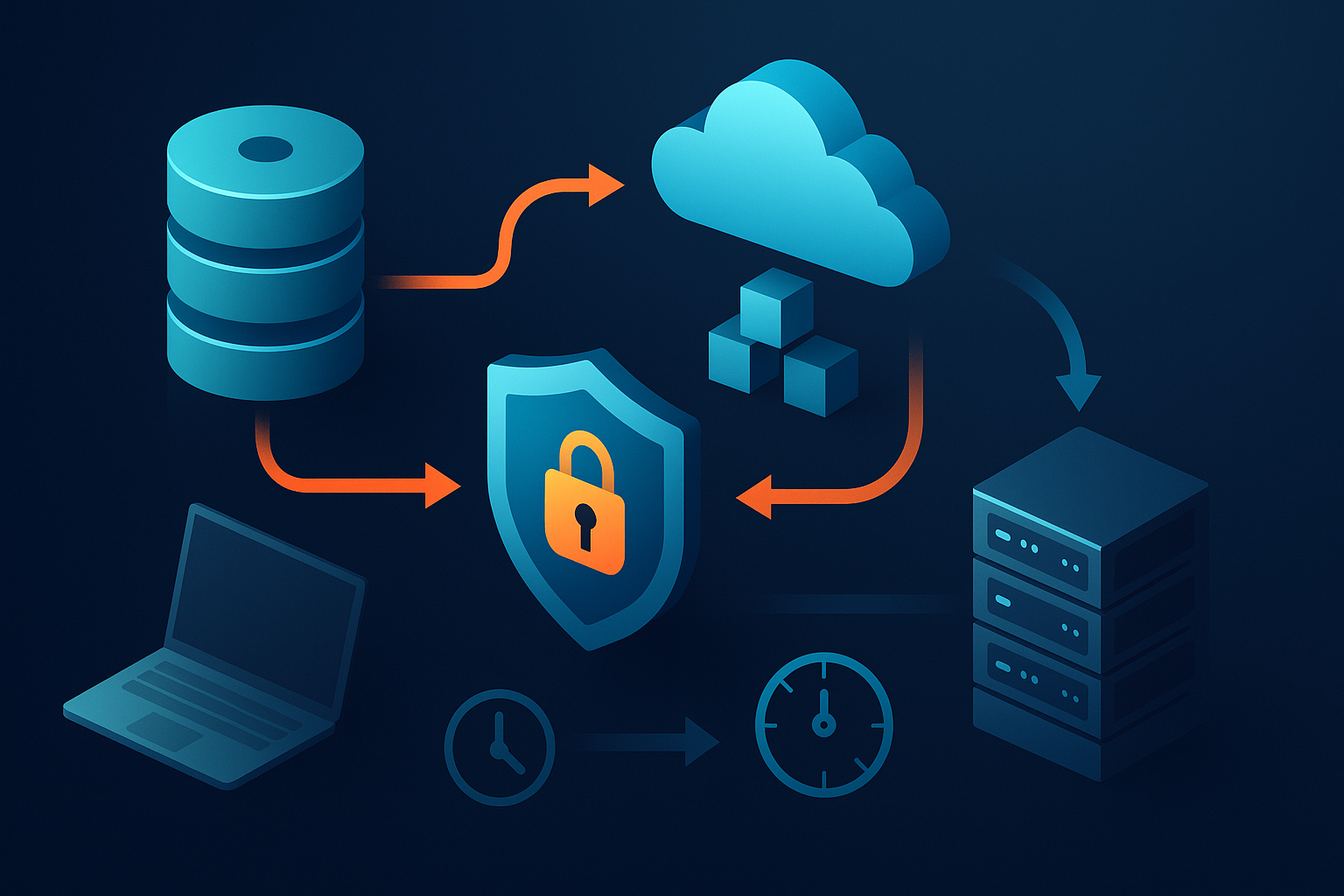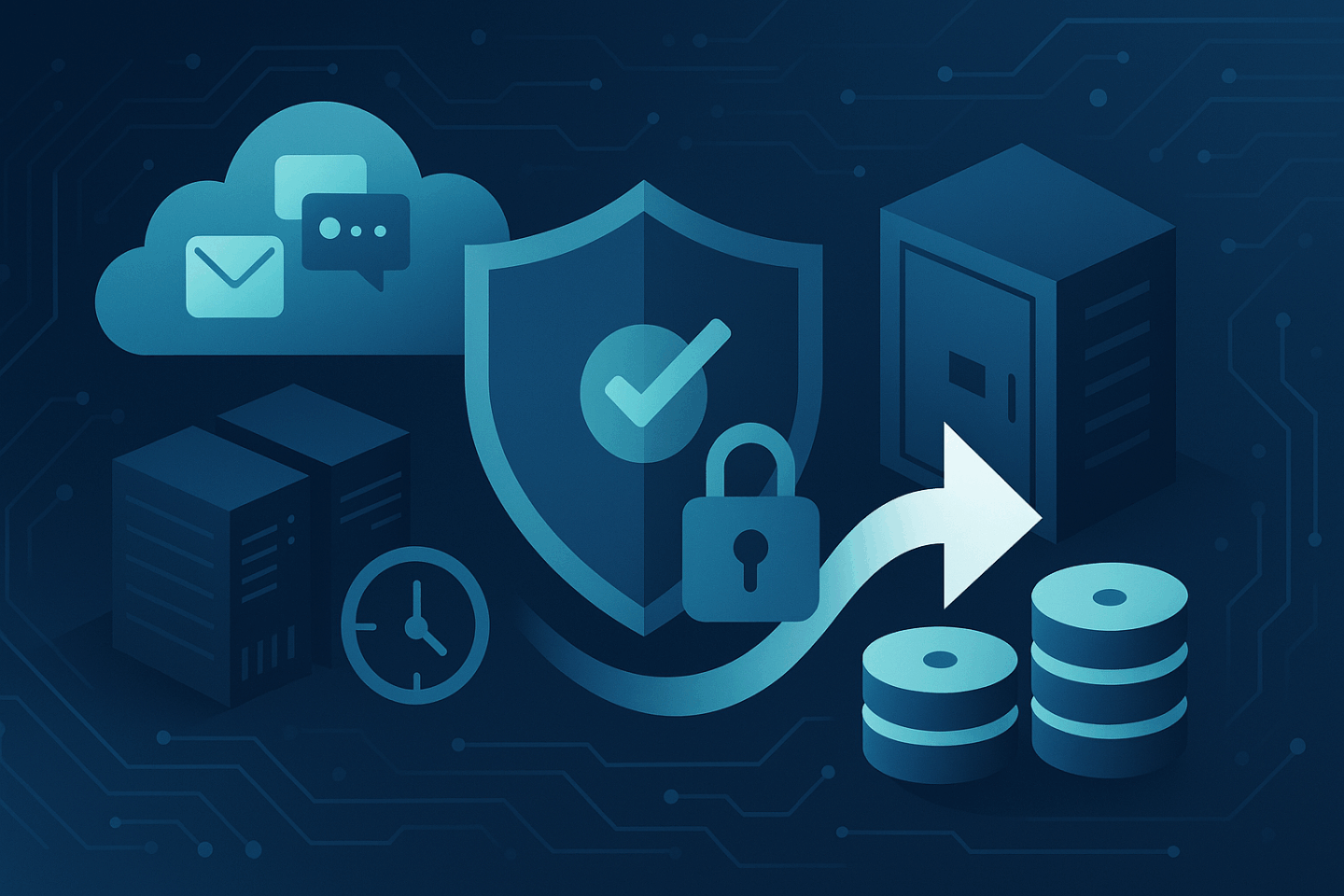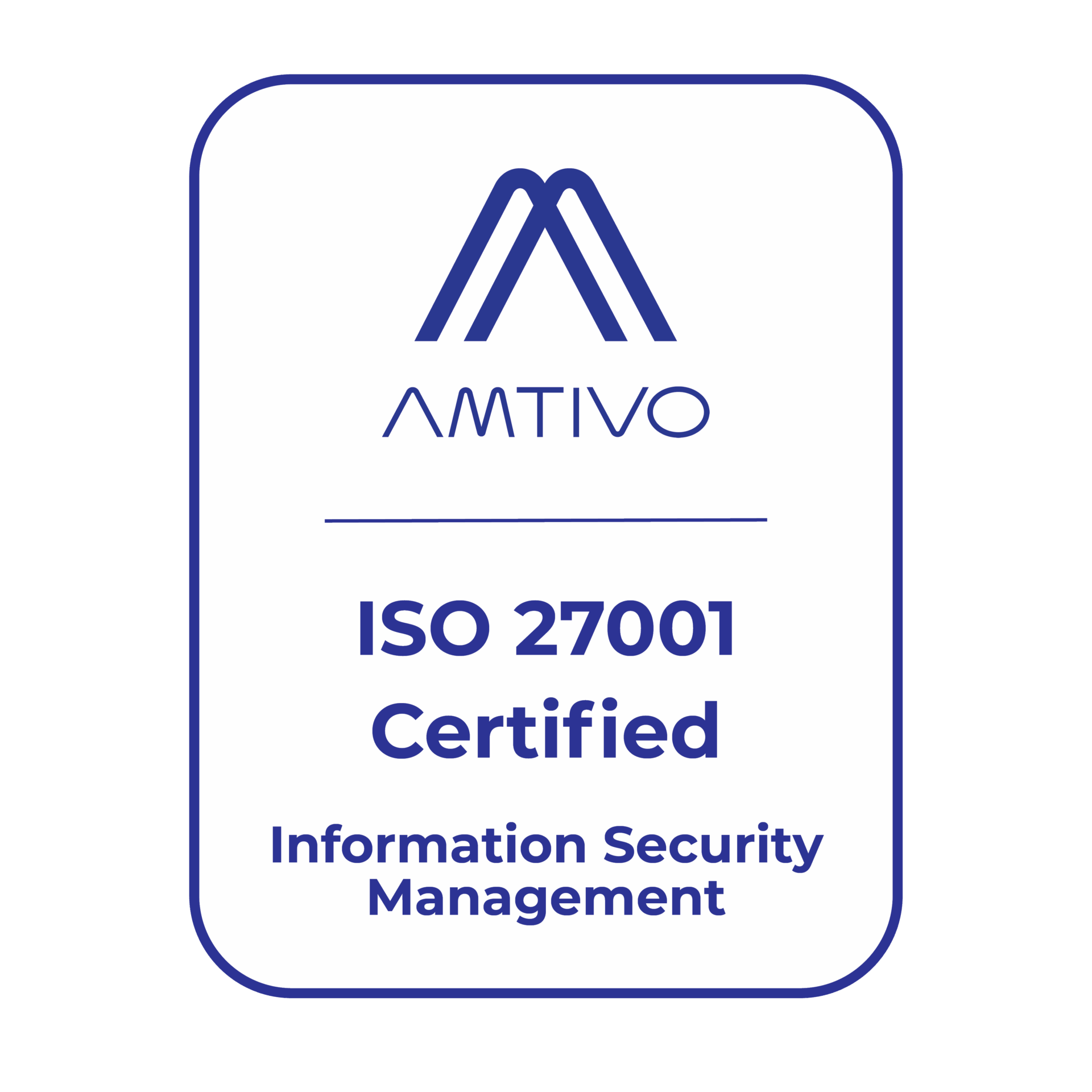DATA PROTECTION TRENDS, NEWS & BACKUP TIPS
Continuous Data Protection: Your 24/7 Data Guardian
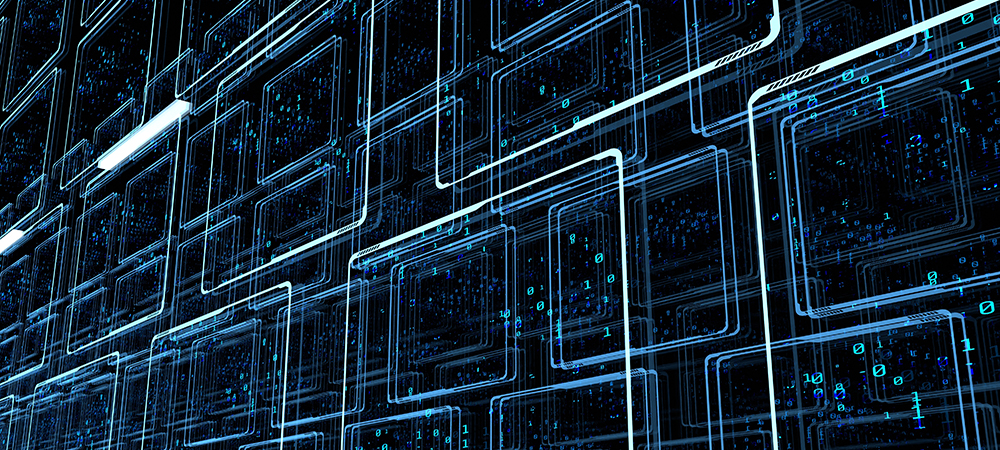
Imagine an overnight server crash at a hospital or law firm. In those critical moments, traditional backups, often running once a day, can leave you waking up to hours (or even a full day) of lost information. Continuous Data Protection (CDP) changes the game. It quietly “records changes to data in real-time,” creating a living journal of every change. In effect, CDP works like an undo button or time machine for data: you can rewind to the state just before any mishap. This means IT teams can truly sleep easy, knowing even the last few seconds of work are safely preserved.
Traditional Backups vs. Continuous Backup
Most companies still rely on scheduled backups – nightly tapes, weekly images, or periodic snapshots. These methods inevitably create “backup windows” and can miss any data changed since the last job. By contrast, CDP is always on. It creates an initial backup copy and then tracks every block change continuously. A TechTarget definition explains that CDP “creates an electronic journal of complete storage snapshots” for every data change. Instead of losing a full day’s work after a crash, CDP lets you roll back to seconds before the event. In fact, Veeam (the technology behind many CDP solutions) notes that CDP is used when “data loss for seconds or minutes is unacceptable”.
- Eliminates the backup gap: Traditional backups capture only the state at a fixed time (e.g. nightly). Continuous protection captures every write, closing the gap between saves and backups.
- Journaling every change: CDP treats each data write like an entry in a journal. Every transaction is timestamped and saved, so you have a detailed log of how your data changed over time.
- Instant recovery points: Instead of choosing from a few restore points (last night, last week), CDP lets you select an exact point in time. You could recover to just a few seconds before an accidental delete or a ransomware attack.
How Continuous Data Protection Works
The magic of CDP lies in continuous replication and smart journaling. Here’s what happens behind the scenes:
- First, CDP makes a full copy of your data. From then on, it watches every write operation. Whenever a file is created or changed, that incremental change is immediately logged and sent to the backup store.
- The system maintains a journal of short-term restore points, often for the last several days. This journal isn’t a single snapshot – it’s a series of tiny snapshots, one for each change. Think of it like having a frame-by-frame video of your data’s history.
- If an issue occurs (say a database corruption at 2:41 PM), CDP lets you “roll back” to the moment just before – even 2:41:35 PM – restoring the clean version of the data. You lose maybe seconds of data at most, instead of hours or days.
- For longer-term needs, CDP solutions still perform periodic full backups (or snapshot backups) to prevent the journal from growing too large. But those long-term backups are secondary – the primary protection is the continuous stream of change.
Under the hood, CDP often uses changed-block tracking and write filters (like Veeam’s VAIO) to copy only what changes. This means the performance impact is small, yet recovery point objectives (RPOs) shrink to near-zero. In practice, well-designed CDP can achieve RPOs of seconds. As one vendor puts it, CDP can restore data “to just right before the event of disruption” so the recovery point objective is “close to zero”.
Why Mission-Critical Data Deserve CDP
Some data is too important to risk. Industries like healthcare and legal are prime examples:
- Healthcare: Hospitals and clinics update patient records, lab results, and imaging data every minute. Losing even a recent edit, a medication change, a diagnostic image, or an emergency note, can impact patient care. CDP ensures that every entry in an electronic health record is captured immediately. If something goes wrong (a system glitch or malware), staff can restore patient data to just before the incident, protecting both patients and compliance with regulations.
- Legal & Government: Law firms, courts, and government agencies generate constant paperwork: contracts, case files, court orders, evidence, and more. Imagine an attorney finalizing a contract clause late at night – if the server crashes an hour later, you can’t afford to rewrite those changes. With CDP, that contract edit is already backed up. Any corruption or deletion can be rolled back to moments before it happened, preserving a clear chain of custody. This level of protection is “ideal for mission-critical systems,” as one data protection glossary notes.
- Financial Services & Others: Banks, trading firms, and payment systems log transactions every second. Retail inventory databases, utility grids, and telecom systems all generate continuous data. For these sectors, near-zero data loss is often a must for both business continuity and regulatory compliance. CDP’s ability to capture every transaction means these organizations hit their strict Service Level Agreements and keep customers and stakeholders confident.
By capturing each change, CDP gives organizations confidence that every piece of critical information is safe. Every form, record, or entry is protected in real time.
Peace of Mind with Near-Zero RPO
The most comforting benefit of CDP is peace of mind. Knowing you can recover a file to seconds before a problem takes away a lot of stress. Unlike traditional backups (which might lose a day’s worth of work), CDP’s “near-instant recovery” means a recovery point objective measured in seconds. You can think of it as having a safety net that’s always underfoot, so when someone calls at 2 AM about a server issue, the answer is not panic but assurance.
- Minimal data loss: Every change is stored. Even if ransomware hits or a user accidentally overwrites a file, you can recover the last clean version from moments before. “Continuous data protection response time falls somewhere between replication and backup,” meaning it’s almost instantaneous.
- Quick recovery: When disaster strikes, you fail over to the ready-to-start replica. Short-term restore points mean you can roll back by the minute or second, meeting tight RPOs. This keeps downtime extremely low – often seconds instead of hours.
- Proactive defense: With CDP in place, you don’t have to worry when you last backed up your data. The system never stops backing up, so your critical data is always double-checked and safely stored offsite or in the cloud.
Thanks to this continuous approach, IT leaders can truly sleep easier. They needn’t stay up all night running a backup or anxiously calculate how much data might be lost. As one data protection guide notes, true CDP “is the gold standard” for data protection, offering a continuum of recovery points and ensuring that “normal use of the computer is unaffected” while it quietly guards your data.
Sleep Easy with Veeam-Powered CDP
Today, solutions like Veeam’s CDP (now available through partners like CyberFortress) make this always-on protection practical for companies of all sizes. With Veeam’s technology, any VMware workload can be replicated continuously, and IT teams can specify RPOs measured in minutes or even seconds. In fact, Veeam’s Cloud Connect CDP feature lets service providers offer disaster recovery with RPOs “as low as minutes or seconds,” a capability we’re excited to deliver to customers.
In plain terms, this means your IT team and your leadership can truly relax. We’ve got your back. CyberFortress’s Veeam-powered CDP solution seamlessly integrates this capability: every critical change is sent to our secure storage the instant it happens. You end up with virtually zero data loss and fast recovery – even in worst-case scenarios. The result is tangible peace of mind: you no longer gamble on whether important data was included in last night’s backup. Instead, even the last edits, updates, or transactions, from just moments ago, are protected.
Ultimately, CDP is about caring for your data around the clock. It’s the kind of protection that feels proactive and dependable. By pairing that technology with our expertise, we help ensure you can sleep easy knowing your mission-critical data is guarded every second of the day.
Key Takeaways: CDP continuously captures every data change in real time, creating a fine-grained journal of data states. This contrasts with nightly backups, which leave large gaps. For industries like healthcare and legal that can’t tolerate losing even minutes of data, CDP delivers near-zero RPO and “an electronic journal” of versions.
In practice, this means that if something goes wrong, you can recover your systems to just moments before the incident, protecting patient safety, evidence, or transactions. With Veeam-based CDP and CyberFortress’s managed services, organizations gain that reassuring safety net – so IT managers truly can rest easy at night, knowing no second of critical data is unprotected.
